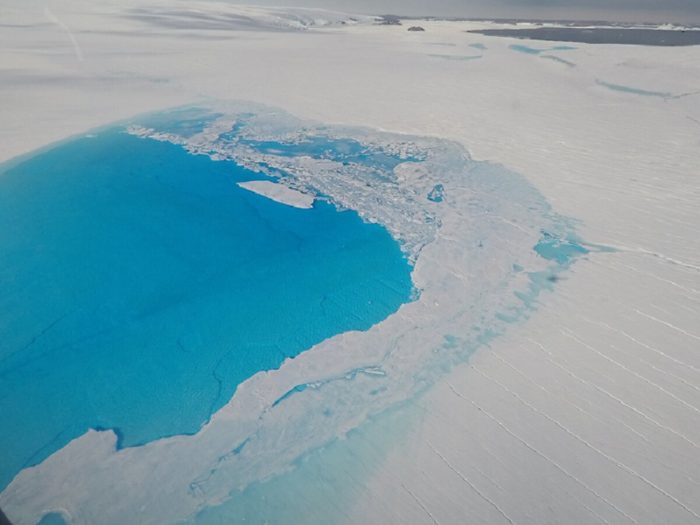Increasingly hot summers and larger surface lakes due to melting ice are threatening the largest ice shelf on the planet, that of West Antarctica.
This is indicated by the data collected by satellites over the last seven years and compared for the first time by researchers at the British University of Durham, published in the journal Nature Communication.
One of the most visible effects of rising temperatures at the poles, but very difficult to measure precisely, is the formation of lakes and rivers on the surface of the ice sheets.
They are structures that form and change very quickly, based on temperatures but also according to the conformation of the ice and the new paths that liquid water is able to dig.
In order to better understand the dimensions of the phenomenon, the British researchers, in collaboration with American researchers, have collected and compared for the first time the satellite data of the last 7 years, relating to the largest ice shelf on the planet, the so-called East Antarctica ice sheet (Eaic), whose complete melting would raise sea levels by more than 50 meters.
The study indicates that the volume of surface lakes, called supraglacial lakes, have varied from year to year, even by 200% in the individual areas and by 72% in the overall value.
“We knew the supraglacial lakes were more extensive than previously thought around the East Antarctic ice sheet,” commented Jennifer Arthur of Durham University.
“Until now we had only 'snapshots' available - she added - now our study indicates that these lakes change in scale much more than we initially suspected.
We were surprised at how much the lakes can change from year to year ”.
The study also indicates that the extent of supraglacial lakes is directly determined by the increase in air temperature in summer.

